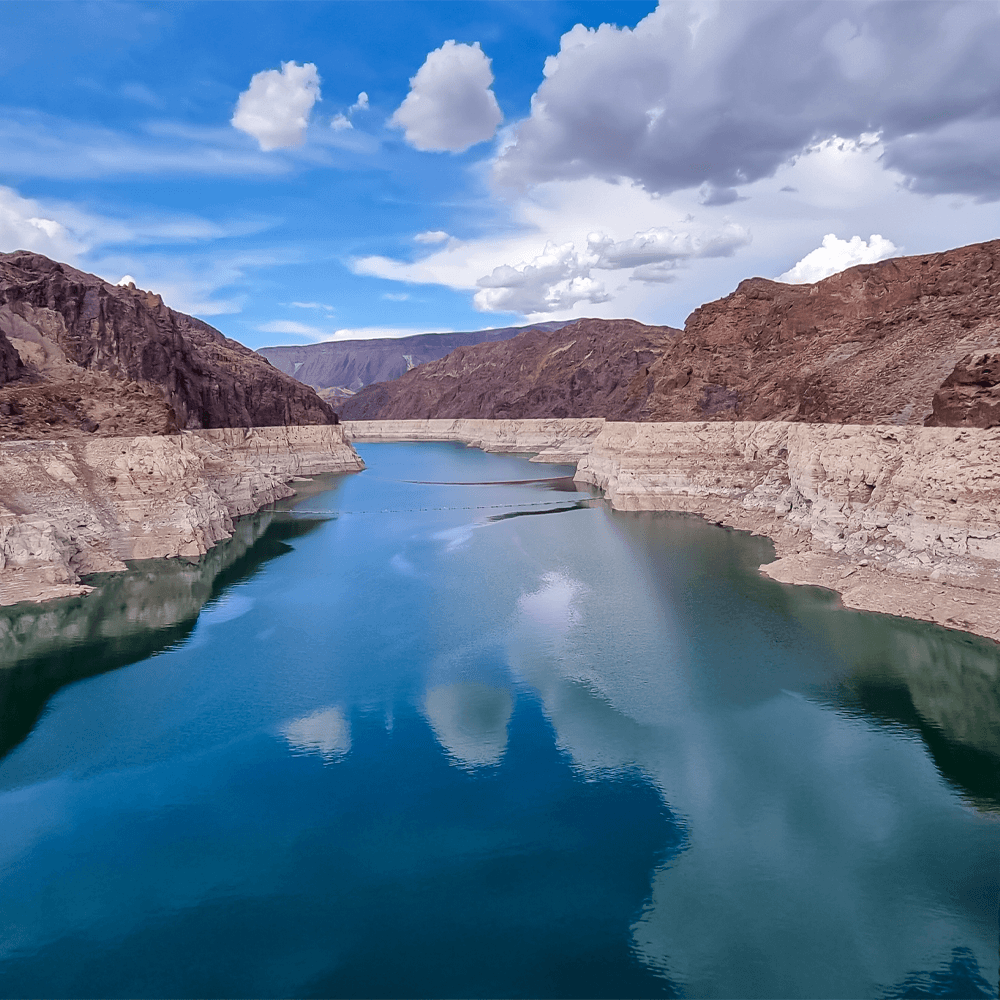AMWUA Blog
BY: AMWUA StaffThe Colorado River: An Overview of Its Present State and Challenges Ahead

As we begin 2025, we will officially remain in a Tier 1 Colorado River Shortage. However, the uncertainty surrounding the Colorado River continues to pose challenges for all users of this vital resource, including the AMWUA cities. The unpredictability of the amount of Colorado River water that our municipalities can expect after 2026 remains an ongoing concern.
To provide clarity on the current situation concerning the Colorado River, we want to share some important facts and insights. As we enter the new year, it's essential to understand how these changes might affect water availability and the long-term sustainability of our communities. By staying informed, we can better navigate the challenges ahead and work together toward effective solutions.
Arizona will have less Colorado River water after 2026.
- In the last century, the river was allocated to deliver 16.5 million acre-feet among the seven Colorado River Basin States and Mexico. However, the river is now only producing 12.4 million acre-feet and could decline by an additional 20%.
- The federal government must adopt new guidelines before 2027 on how to distribute shortages among the seven Colorado River Basin states.
- The exact reductions to the Central Arizona Project (CAP) are unknown, but the cuts to water providers and tribes are anticipated to be at least 20%.
Why does this matter to the AMWUA cities, and why should you care?
- Over the past four decades, the AMWUA cities have made significant investments to use surface water sources, including the Colorado River. These efforts provided the water security to build a thriving economy while considerably reducing their groundwater reliance.
- Now, these providers will need to find ways to offset Colorado River reductions, which will require new investments.
- Due to their unique water supply portfolios, these cuts will impact each water provider differently.
- To compensate for Colorado River reductions, municipal providers may need to recover water stored underground and pump groundwater set aside in their assured water supply designations.
- The AMWUA cities are vigilant about protecting our stressed and limited aquifers because allowing new users to pump groundwater will compromise their ability to serve existing residents.
Takeaways:
- If CAP deliveries to cities are cut to zero or one water provider has difficulty meeting its communities' water demands, Arizona’s economy would be severely threatened.
- The uncertainty surrounding the Colorado River requires wise decisions and solutions to safeguard our water security for present and future generations.
- Investing in new water supplies, such as Advanced Water Purification and the expansion of Bartlett Dam, is critical to meeting Arizona’s current and future demands.
Water managers throughout the basin recognize the need to address the system's overall trajectory. Finding common ground is essential to provide better certainty for the 40 million people who rely on the river, which requires collaboration among all seven basin states. As we begin 2025, it is crucial for negotiators from these states to come together well before the impending deadline, as decisive action is necessary. This will enable water providers to plan appropriately before time runs out.
For 55 years, the Arizona Municipal Water Users Association has worked to protect our member cities' ability to provide assured, safe, and sustainable water supplies to their communities. For more water information, visit www.amwua.org .
